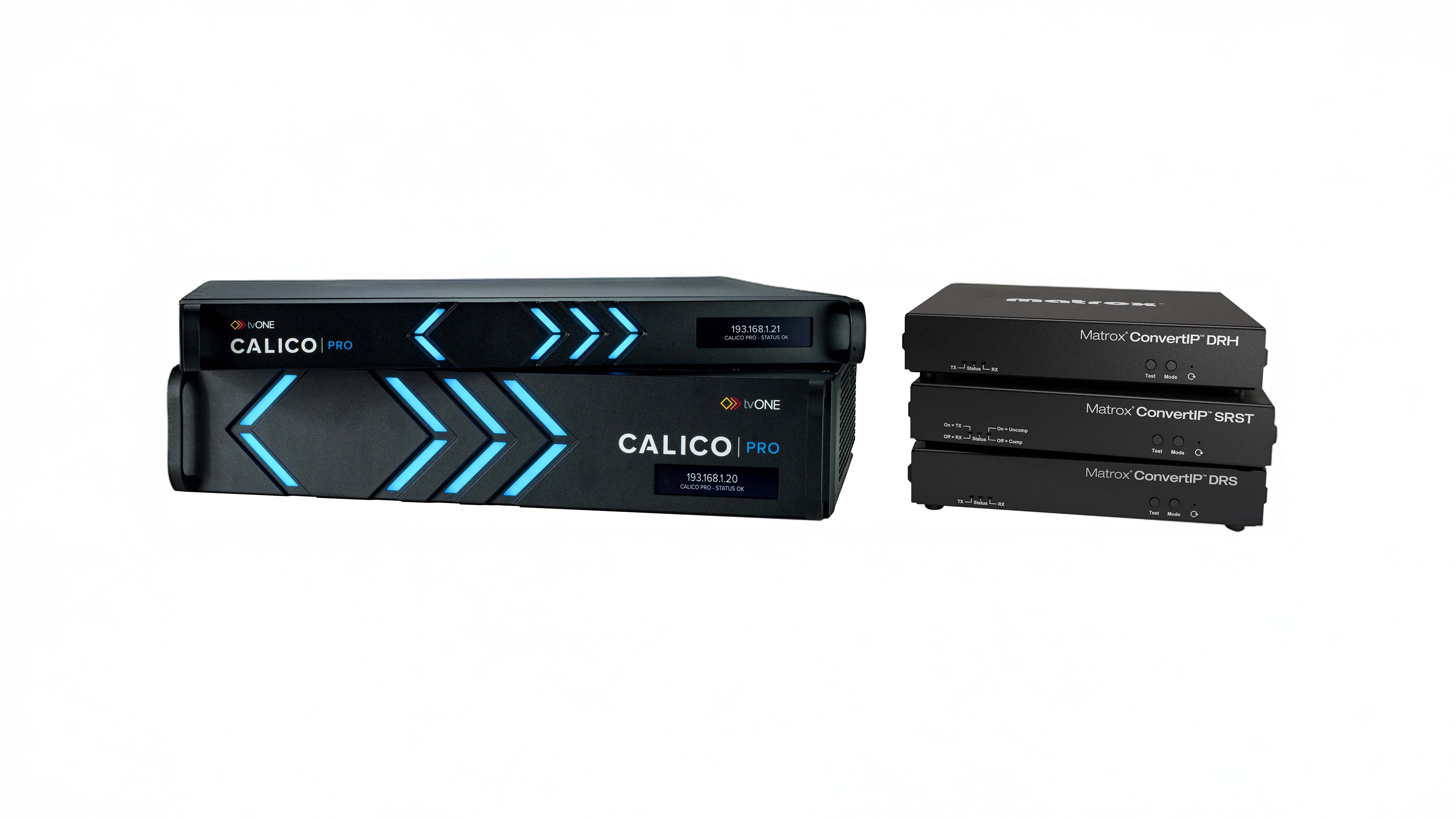More people know about mobile TV, think it costs too much

QuickPlay Media has released its second annual independent Market Tools survey.
The “good news” is that about 10 percent more people are aware that carriers offer mobile TV and video services than last year, and people are watching more often. Further, 41 percent of respondents stated that they would be more likely to watch television and videos on their phone if they owned multimedia-enabled PDA/smartphones, perhaps indicating an influence from the extensive marketing efforts around devices such as the iPhone and Blackberry Storm.
The bad news for mobile TV proponents is that 58 percent of those “aware” subscribers think it costs too much. And of those who do sign up, 69 percent only watch it once. Findings like these underscore that mobile TV in the United States is sorely in need of improvement.
For instance, the survey found that 72 percent of customers are paying for mobile TV and video content in monthly voice and data plans. This is still the dominant model because subscription mobile TV is the only kind you get in the United States, and that's a problem. Nearly half of the respondents said they would be more likely to subscribe to such a plan if some free video content was included.
And what about the 69 percent of subscribers who watch once and never watch again? Maybe the reasons are in the shape of viewing habits. For example, 25 percent of consumers still prefer to snack on content between daily activities instead of setting aside dedicated viewing times. Two-thirds would like the ability to pause and resume viewing, which would let them watch longer programs and full-length movies.
Among habitual mobile TV and video watchers:
- 45 percent spent 11 to 30 minutes watching a TV show or movie on their mobile phone, and 30 percent watched for more than half an hour.
- 21 percent used mobile TV and video services more than once a week.
- 61 percent reported no challenges using the service.
- The most common challenges in using mobile TV services were: network performance (10 percent), finding interesting content (7 percent), watching on the small screen (6 percent), using operating menus (5 percent) and hearing the audio (4 percent).
Have comment or question about this article? Post a comment or visit our Forum and start a discussion.
The professional video industry's #1 source for news, trends and product and tech information. Sign up below.
